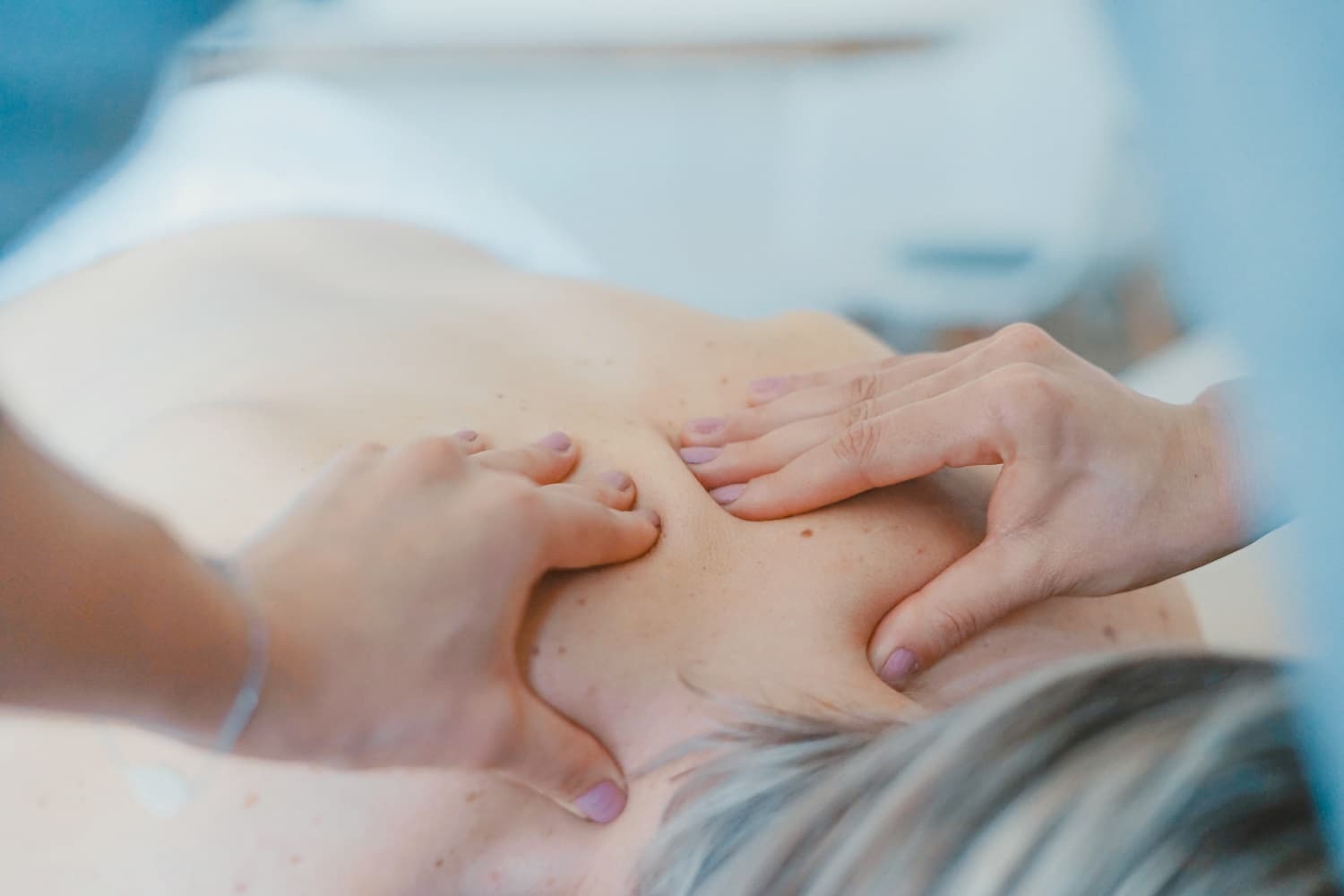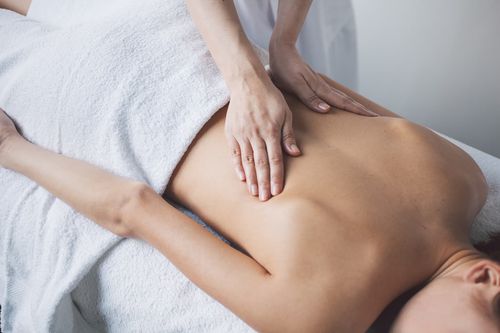What is Oncology Massage?
Oncology massage is a form of massage therapy designed to safely work on cancer patients. It incorporates and modifies several massage therapy techniques and adjusts them according to the needs and comfort of the patient. The difference between oncology massage and regular massage is the amount of pressure applied. An oncology massage therapist has to be thoughtful of the pain level of the patient and respect their comfort.
This kind of massage does not necessarily treat cancer itself, but it may help in reducing the side effects caused by conventional cancer treatments and improve the patient's quality of life and wellbeing.

How Does Oncology Massage Work?
An oncology massage session involves light, relaxing massage strokes that are generally safe for people living with cancer. However, it is important to remember not to massage a tumour or the treatment sites to prevent causing pain or discomfort. Several research has revealed that massage does not contribute to metastasis or the spreading of cancer cells to other parts of the body.
The therapist employs light, gentle strokes, combining Swedish massage techniques like effleurage, petrissage and friction with soft tissue release to relax the muscles. The positioning of the client depends on the stage of treatment they are currently in.
Aside from alleviating the symptoms of cancer and the pain associated with its treatment, people living with cancer say that getting a massage also does the following:
- Helps them to relax
- Makes them feel good and whole again
- Helps them share their feelings in an informal setting
- Makes them feel more positive
- Rebuilds hope
What are the Benefits of Oncology Massage?
An oncology massage session is much different from a typical spa massage. It focuses on the specific needs of the patient regardless of the stage of their illness, whereas the latter puts more emphasis on the manipulation techniques to address tense muscles, fascial restrictions or other issues affecting the musculoskeletal system.
Several scientific studies have investigated the effects of various body-based practices, such as massage therapies, on people living with cancer and patients undergoing surgery and chemotherapy. These studies have revealed that massage helps in reducing:
- Pain
- Chemotherapy-related nausea
- Fatigue
- Stress
- Headaches
- Chronic pain
- Anxiety and depression
- Numbness
Also, patients who receive oncology massage regularly reported several positive results such as improvements in:
- Sleep
- Scar tissue health
- Quality of life
- Mental clarity
- Alertness
- Range of movement
What Can You Expect From Oncology Massage?
An oncology massage session is an hour long. Before it begins, the therapist takes the time to look at the patient's medical records to understand where they currently are in their battle against cancer. They have to consider the extent of the disease, the patient's age, the kind of treatment they are receiving, the medical devices used in their treatment and several other factors.
An oncology massage therapist focuses on the client's comfort level, so the latter may opt to lie down on their back, on their side or with their head propped up on a pillow. They can be in any position that is most comfortable for them.
The patient can have a massage every day if they want to so long as it doesn't interfere with their regular treatments. It's important to remember that oncology massage is not a replacement for standard cancer treatments.
Is Oncology Massage Safe?
Oncology massage is safe and does not pose any side effects so long as the patient works with a trained therapist. A qualified therapist has completed an intensive course in oncology massage in addition to their Certificate IV qualification.




